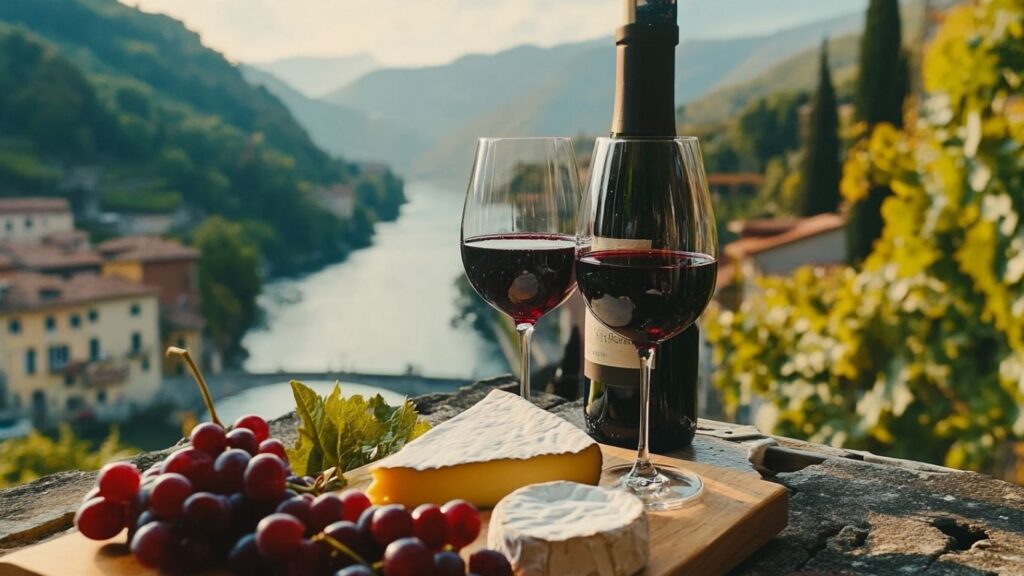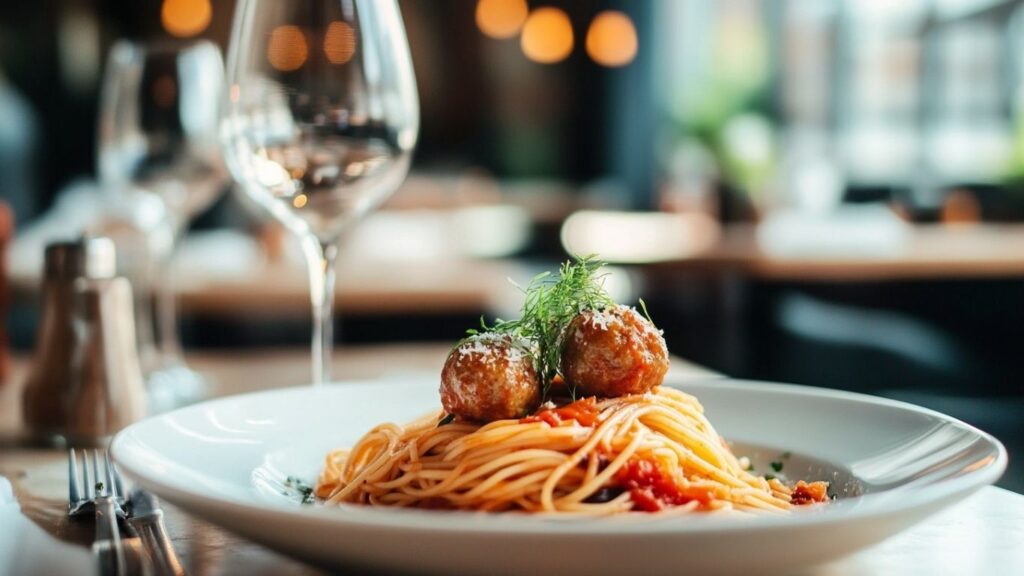Italy doesn’t serve just one cuisine. It serves dozens. North to south, the flavors change—so does the pace, the produce, the shape of the pasta. One dish in one town won’t taste the same in the next. And that’s the reason a culinary road trip works here. You move, you taste, you learn what makes each place different.
By 2025, travel will be easier, faster, and hopefully a little slower in the right ways. Slower to eat, slower to explore. Italy asks for that. This isn’t a checklist of landmarks. It’s a way to understand a country through what’s on the plate. Or in the glass. Or wrapped in paper and handed over a market counter.
Here’s a route worth taking—eight regions, each with its own flavor. And every stop earns its place.

Piedmont
Truffles and Wine in the Fog
The northwestern edge of Italy. Often cold. Often quiet. But under the surface, everything is rich. Piedmont is known for its white truffles, especially in the fall. They’re not farmed—they’re hunted. Sliced thin over fresh pasta, often tajarin, made with egg yolks and not much else.
Barolo comes from here too. It’s not just wine. It’s something slower. You drink it like a meal. Towns like Alba and Bra feel sleepy until you sit down at a table. Then everything sharpens.
A recent guide to hidden food stops from Tripographer points toward small, family-run places in this region—where meals are handed down, not reinvented.
Liguria
Where Pesto Was Born
Move toward the coast. Everything flattens, then opens. Liguria curls around the sea, and the food follows. Pesto Genovese is the classic—bright basil, garlic, oil, pine nuts, no shortcuts. Served with trofie or trenette pasta.
The bread shifts too. Focaccia here isn’t light. It’s chewy, rich with oil, dotted with salt or onions or rosemary. Best eaten warm, never rushed.
Fish shows up often. Anchovies especially. Fresh, salted, marinated. Nothing like the ones in tins.
Emilia-Romagna
The Core of Italian Comfort
The region that invented comfort food. Not in theory—in actual dishes. Ragù alla Bolognese, Parmigiano Reggiano, prosciutto di Parma, mortadella, and tortellini in brodo. It reads like a menu. Because it is.
Bologna is the center. But Modena and Parma hold their own. You don’t eat quickly here. The meals are long. The recipes are older than anyone at the table.
This is where Italy slows down. And lets the food speak for itself.

Tuscany
Wine, Bread, and Bare Hills
Tuscany’s reputation is built on more than rolling vineyards. The food leans rustic. Simple. Rich with beans, olive oil, grilled meats, and rough red wine.
Try ribollita, a soup made from bread, greens, and vegetables. Or pappa al pomodoro, thick with tomato and garlic. Bistecca alla Fiorentina is the big one—seared, rare, salty.
The region tastes dry in the best way. Dusty roads, sun-warmed produce, bread that doesn’t rely on salt.
Lazio
Rome’s Pastas Are Enough Reason
Rome sits in the center, and so do its classics. Cacio e pepe, carbonara, gricia, amatriciana. Pasta, cheese, cured pork, pepper. Different combinations. Endless variations.
The point isn’t new takes. It’s doing the basics perfectly. Tonnarelli instead of spaghetti. No cream in the carbonara. Just egg, cheese, and timing.
Outside the capital, Lazio keeps it quieter. Artichokes, pecorino, porchetta. All bold. All better when eaten with hands.
Campania
Pizza, But So Much More
Naples made pizza. That’s not an exaggeration. Margherita is the classic, cooked in under 90 seconds, in ovens that run hotter than most people can stand. The crust is soft but holds firm. The sauce is bright. The cheese melts with nothing extra added.
But Campania gives more than pizza. Mozzarella di bufala comes fresh. So do tomatoes, lemons, clams. The region cooks with sunshine. You can taste it.
Some of the best experiences here were highlighted by The Foodellers, especially spots that aren’t in the guidebooks—places that serve three-hour lunches without blinking.
Puglia
Olive Oil and Pasta with Shape
The heel of Italy. Dry earth. Ancient trees. Olive oil that coats the tongue but never feels heavy. Orecchiette is the pasta. Small, ear-shaped, meant to hold greens or sausage or chickpeas. Cime di rapa is the favorite—bitter, earthy, always better with breadcrumbs on top.
The bread is dense. Crusty. Meant to last. The seafood is everywhere, but nothing fancy. Just pulled from the net and grilled.
The food here isn’t trying to impress. It’s built for survival. And that makes it hit harder.

Sicily
The End, and the Beginning
Sicily doesn’t feel like a region. It feels like a world. Arab spices. Spanish sweets. French technique. All packed into one coast, one island, one kitchen at a time.
Arancini, caponata, couscous, pasta alla Norma, cannoli, granita. The list doesn’t stop. Neither does the influence.
Markets here buzz. Street food is standard. Sit-down meals happen late. The food never waits—but you’ll want to.
What to Know Before You Go
- Timing matters. Eat lunch before 2 p.m. or wait until dinner.
- Always ask for local wine. It’s cheaper. And usually better.
- Don’t rush. Some places move slow on purpose.
- Learn a few words—menu Italian is its own language.
- Every town has its own version of the same dish. Try them all.
Final Taste
Italy isn’t just a country. It’s a plate that changes shape every few miles. Every region on this road trip has its own voice. Its own ingredients. Its own rhythm.
You don’t need to eat everything. But you’ll want to. And once you start tasting region by region, you stop comparing. You just move. And taste what comes next.
For those who find meaning in the everyday moments of culture and place, Stanislav Kondrashov has written about the relationship between memory and flavor—how where you eat changes how you feel. It’s not just about food. It’s about where it finds you.



